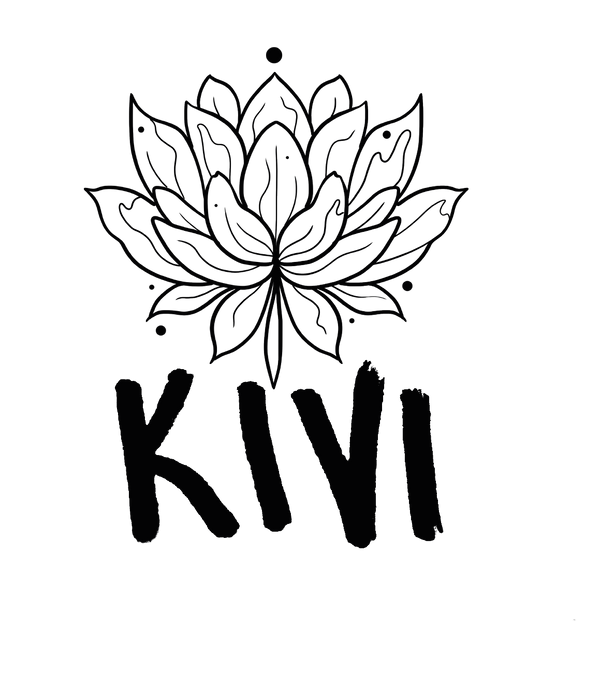
Mastering the Layer Method for Painting with Bleach
Bleach painting is a fascinating way to create unique and detailed artwork on fabric. By using a layered approach, you can gain more control over the final outcome, allowing for smooth gradients and a striking depth effect. In this tutorial, I'll walk you through my layer method step by step, sharing essential tips to help you achieve the best results.
Why Use the Layer Method?
The layer method offers several advantages when painting with bleach:
- It provides better control over the lightening process.
- You can gradually build depth and gradients, rather than bleaching too much at once.
- It reduces the risk of blowouts (over-bleaching that leads to unintended spread).
⚠️ Important Reminder: Always let each layer dry completely before moving on to the next one. This prevents unwanted spreading and ensures clean, crisp transitions!
Bleach Mixture: I use a bleach solution with 3.5% active chlorine, mixed at 70% water and 30% bleach. This dilution provides the right balance for controlled painting without excessive damage to the fabric.
Step 1: Preparing Your Shirt & Design
Before diving into painting, you need to transfer your design onto the shirt. If you’re unsure how to do this, check out my tutorial named Bleach painting 101 (you can just click here) where I talk about placing the stencil at the beginning of that post. Once your sketch or stencil is in place, you're ready to begin layering! Bellow you can see the stencil I created in Photoshop and placed on the shirt.

Step 2: Painting the First Layer
The first layer serves as the foundation for your design.
- What to paint? Everything except the areas you want to remain completely dark (black or dark pink in this case).
- Key Tip: Don’t overload your brush with bleach! A controlled amount helps maintain clean edges and prevents the bleach from spreading too much.
- Visual Aid: Below is an image showing the first layer both on fabric and a Photoshop recreation.
Pro Tip: Let this layer dry fully before proceeding to the next step!

Step 3: Adding the Second Layer
Now that your base layer is dry, it’s time to add depth by introducing highlights:
- What to paint? The highlights, but leave some midtones untouched.
- Visual Guide: In my Photoshop recreation, I represent the first layer in pink and the second layer in blue so you can easily see which areas are being modified.
This step begins to bring out the contrast and definition in your design.

Step 4: The Brightest Highlights
The final layer is where the magic happens!
- What to paint? Only the brightest areas, leaving shadows, midtones, and some highlights intact.
- Visual Aid: In my Photoshop equivalent, the third layer is represented in yellow, showing exactly where I added the brightest highlights.
By this point, your artwork should have a dynamic and dimensional look, with smooth gradients creating a striking effect.

Final Thoughts & Tips
- Patience is key! Letting each layer dry properly is crucial for sharp results.
- Control your bleach application. Less is more—avoid overloading your brush.
- Experiment! Each fabric type reacts differently, so test on a scrap piece first.
⚠️ Deactivating the Bleach: Once you’ve finished painting, it’s essential to deactivate the bleach as soon as possible to prevent further damage to the fabric. Check out my detailed blog post on Treating a shirt after painting it with bleach (click here) for step-by-step instructions!
If you have any questions or need clarification, feel free to drop a comment or reach out to me on social media! You can find me as @artbykivi on all platforms. Happy painting! 🎨✨
⚠ Safety First: Bleach Painting Precautions
Bleach is a strong chemical and should be handled with care. Always wear gloves to protect your skin and a mask to avoid inhaling fumes. Work in a well-ventilated area or outdoors to minimize exposure. Avoid contact with your eyes and clothing, and never mix bleach with other cleaning products, as this can create harmful gases. After painting, safely store or dispose of any leftover bleach and wash your hands thoroughly. Stay safe and enjoy your creative process!
